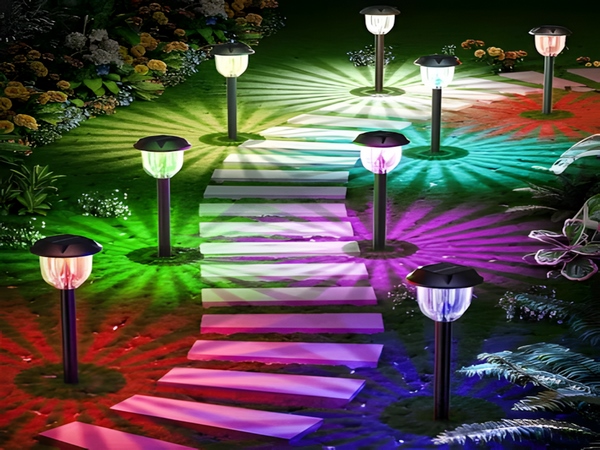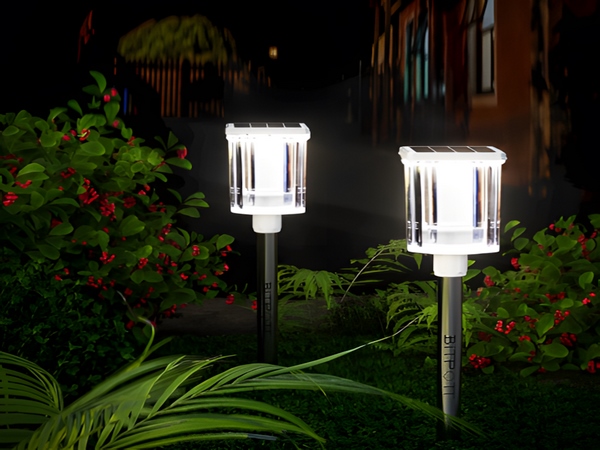

With the continuous adjustment of the energy structure and the increasing demand, solar street lights are considered as “performance projects” and “environmental protection projects” due to their new, eco-friendly, and pollution-free characteristics. However, during several years of use, some faults may inevitably occur. What are the causes of these faults in solar street lights? Here is a summary from Century Sunshine Lighting:
1. Battery inspection:
Under normal conditions, if the charging and discharging of the battery show a voltage above 12V, but the voltage drops significantly when a load is connected, it indicates that the battery is damaged. Additionally, if water has entered the waterproof casing, it could cause a short circuit between the positive and negative terminals, leading to unstable voltage levels, usually fluctuating between high and low. If water has caused excessive discharging, the voltage may drop below 10V. After a normal small current cycle of charging and discharging, if the battery cannot be used properly, it needs to be replaced. Lead-acid batteries typically see capacity decline after three years, leading to the solar LED street light turning off earlier in the evening or reduced operation time during rainy days, which is normal.
2. LED light source inspection:

3. Controller inspection:
If the red LED on the controller is on, it indicates that charging is in progress. If the red light is flashing, it means the battery is fully charged and the controller is charging with a small pulsed current. A yellow light on the controller indicates that the battery is discharged and cannot provide proper lighting. In this case, if the battery connection is temporarily disconnected and reconnected, the light may turn on, indicating that the controller detects an increase in battery capacity due to a day’s charging, rather than a floating charge voltage.
4. Solar panel inspection:
If the connections of the solar panel are not secure, the solar LED street light may not charge properly, usually showing voltage but no current. This phenomenon is caused by poor connectivity of the solar panel wires. You can directly check the voltage and current data by opening the black cover on the back of the solar panel. If there is no current detected even from the aluminum foil of the solar panel, it indicates that the panel has a problem and needs to be replaced.
This concludes the discussion on the causes of faults in solar street lights. In summary, regular maintenance and inspection are essential to check for serious damages or leakage in the light fixtures. Regardless of the situation, it is vital to address any issues promptly, especially leaks, to avoid potential electric shock accidents.



